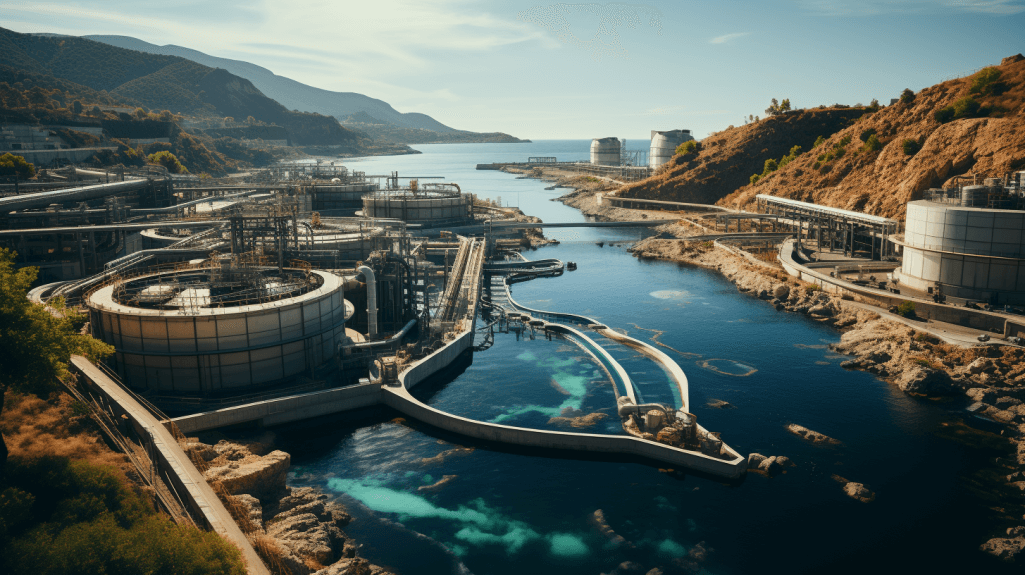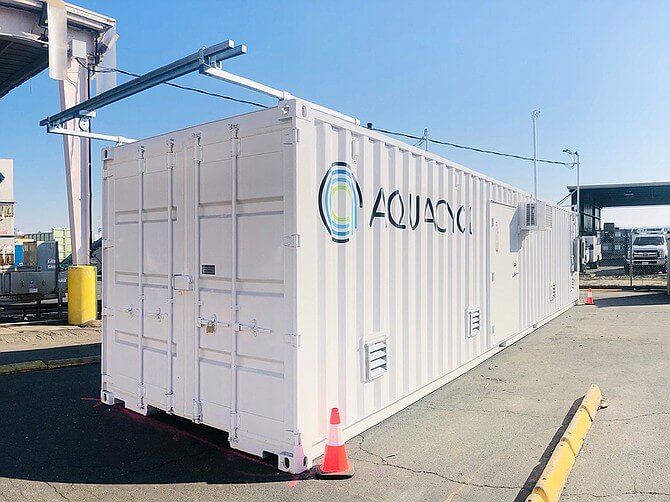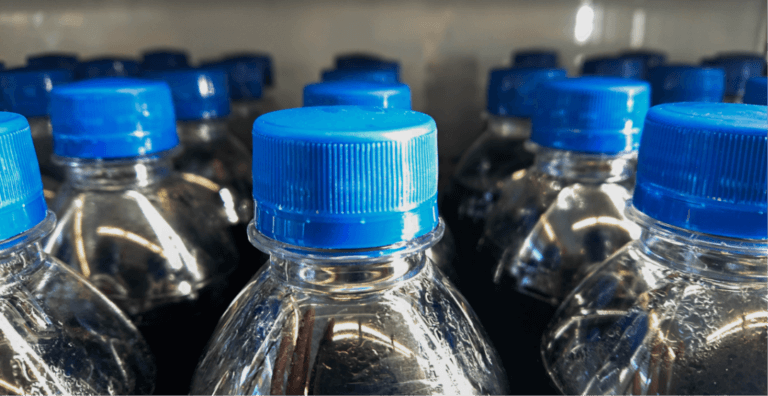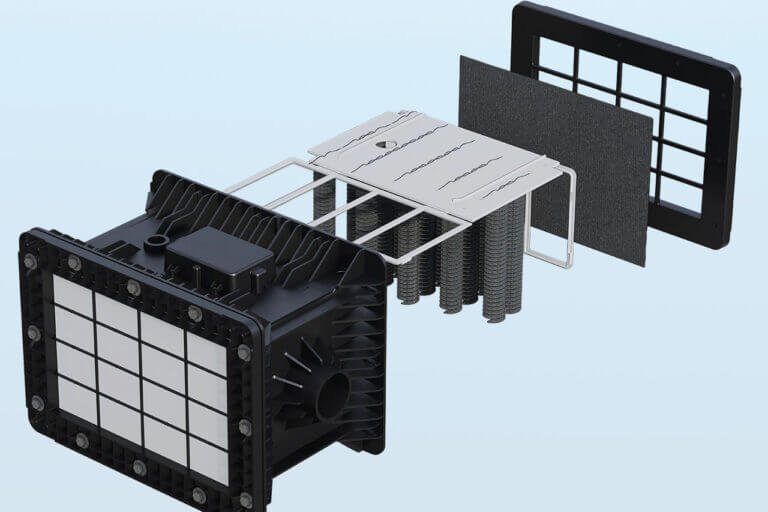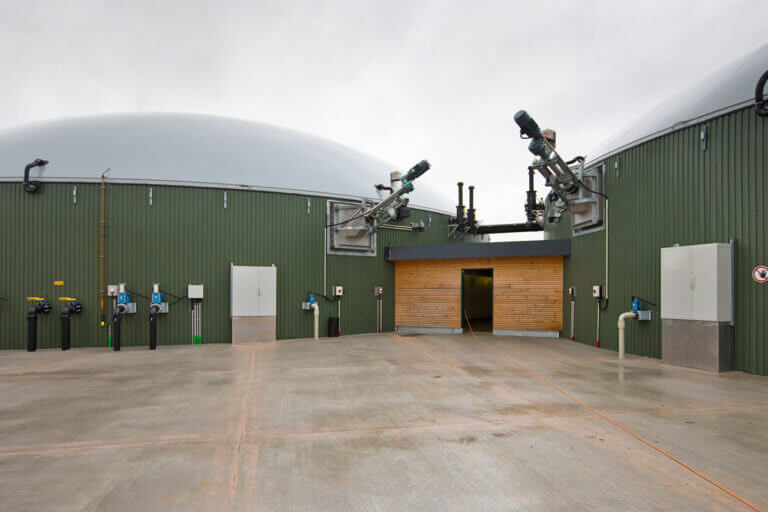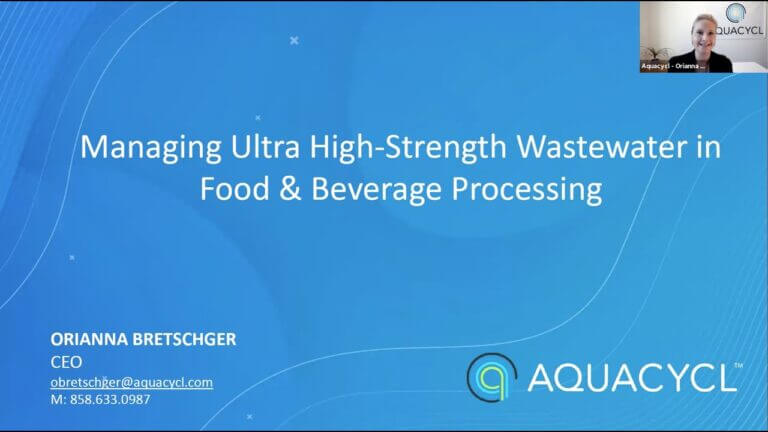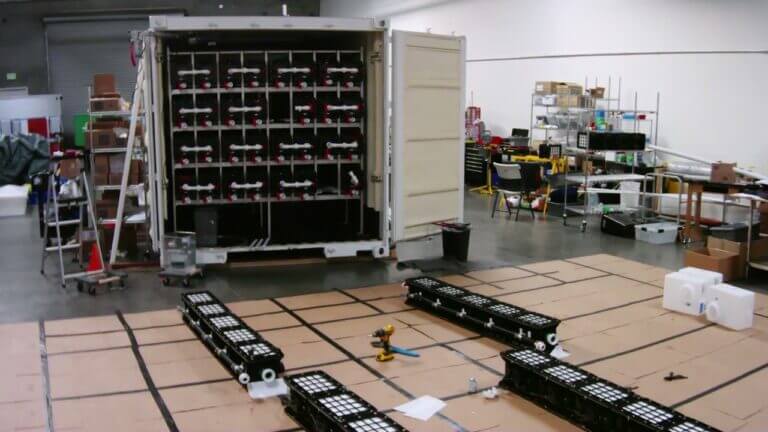Companies globally have recognized the operational, environmental and societal risks of climate change and are committed to reducing and mitigating their negative impact through net zero goals. We are already feeling the effects of climate change through extreme weather events which cause devasting impact. These net zero goals are critical to ensuring we avoid the worst outcomes associated with a global rise in average temperature.
Businesses in the industrial sector contribute nearly a quarter of total greenhouse gas emissions, which means addressing greenhouse gas (GHG) emissions across manufacturing and industrial operations will play a key role in mitigation efforts.
However, even with ambitious net zero goals, and a commitment to switching to alternative energy sources, adopting new technology, and improving business practices, many of the companies are likely to miss their goals. The biggest challenge to minimizing GHG emissions is the broad scope of manufacturing-related activities that result in the production of GHG, both directly and indirectly.
These include Scope 1, or direct GHG emissions that occur within a given manufacturing process, Scope 2 GHG emissions associated with producing the energy required to operate manufacturing facilities, and Scope 3 emissions, which encompass GHG associated with upstream and downstream inputs and outputs from manufacturing processes.
Companies’ net zero plans never include wastewater as an opportunity to meet these goals.
But they should.
Water and wastewater are energy intensive, accounting for approximately 5% of GHG emissions globally, or equivalent to the emissions from the entire shipping industry. While only ~30% of this is industrial wastewater, the industrial streams are the most energy intensive and challenging to treat. They contain much higher loads of pollutants than residential. Higher loads will require higher energy consumption, higher sludge production (which breaks down into methane), more chemicals, more infrastructure, and ultimately higher greenhouse gasses. On an infrastructure that is already strained, these additional loads can be problematic for utilities to achieve their treatment (and net-zero) goals.
Improving wastewater treatment processes within industrial manufacturing reduces GHG emissions and improves overall operational efficiency and sustainability in a number of ways.
Wastewater’s Contribution to Scope 1, 2 & 3 Emissions
Depending on how a company is managing their wastewater, it could impact Scope 1, 2 and 3. Onsite treatment will add Scope 1 emissions, as it requires energy to remove the pollutants, and depending on the type of treatment and desired quality, it could be very significant energy consumption. If a company is using anaerobic digestion onsite, it can provide a benefit, as the renewable biogas generated from the wastewater can reduce Scope 2 emissions by replacing fossil fuel generated heat and electricity. If a company is hauling offsite or discharging to the utility, these would be considered Scope 3, as they are emissions generated outside their direct operations.
Let’s look at how biological treatment contributes to GHG emissions.
Aerobic digestion requires large amounts of energy to pump air through the wastewater, which then creates sludge that must be transported to a landfill. This is the largest contributor to GHG emissions from aerobic treatment, but other sources will include transport, carbon dioxide produced as a by-product and the sludge breakdown. As sludge breaks down, methane is released, which is a greenhouse gas 84 times more potent (although shorter lived) than carbon dioxide. Depending on whether a company is using aerobic treatment onsite, or the utility it is discharging to uses it, the emissions would be counted as Scope 1 or Scope 3, but it’s important to calculate the full balance of GHG emissions produces: energy required for operations, energy required for transport of sludge, and releases from sludge breakdown.
Anaerobic digestion is another method used to deal with high-organic wastewater, and depending on the organic load (or biological oxygen demand), it may be the only solution for food and beverage producers, as aerobic treatment cannot handle high concentration streams Anaerobic treatment produces methane which can be burned in cogeneration to create natural gas for use in the facility. This directly reduces Scope 2 emissions associated with purchasing energy to operate the plant. It will require some energy to operate (Scope 1), but usually results in a positive balance in terms of GHG emissions.
While it offers benefits including methane generation that can be used for energy production, anaerobic digestion is a sensitive and labor intensive process that requires controlled pH, consistent feedstock, and other specific conditions to achieve treatment and energy production goals.
In a dynamic production environment, it often happens that the methane produced by anaerobic treatment is flared, leaking or not producing methane at optimal levels. This means that, while on paper, anaerobic digestion can offer an attractive way of reducing Scope 2 emissions, it often doesn’t meet the desired objectives.
If a company doesn’t have onsite treatment, often they have to truck wastewater offsite for landfill, land application, or discharge to a utility. This results in Scope 3 emissions from the truck itself. Wastewater is heavy, and long-haul trucks still have a long way to go before electrification is a viable option. In addition to emissions from the truck, there are the GHG emissions from whatever treatment is ultimately used, or the wastewater breaking down in landfills and releasing methane.
How Companies can Reduce GHG Emissions & Costs
While companies have ambitious net zero plans, they are looking for solutions that will bring a dual benefit of operational and sustainability. More sustainable solutions shouldn’t mean higher costs.
One example of this is the work we have done with PepsiCo. PepsiCo has made a bold commitment to operate with sustainability at its core, and they have been working with Aquacycl to implement new wastewater treatment technology at their Fresno bottling site that helps achieve operational and environmental benefits. This site was challenged by low-volume, high strength streams, which caused high surcharges from the receiving utility. The system is able to mitigate 90% of GHG emissions that would have been generated, while saving an average 22% on wastewater management costs.
By working with Aquacycl to treat these streams onsite and relieving the utility of the burden of treatment, the system mitigates an average of 100 tons of greenhouse gas emissions per month. We say wastewater is a climate solution.
It will not single-handedly enable companies to reach their net-zero goals, but it provides an easy win for leaders looking for additional ways to meet their commitments. In our case, the sustainability benefit (improved water quality, enabling onsite water reuse, and GHG mitigation) does not come with added cost or complexity. As a service-based business model, we offset your wastewater treatment costs without large upfront capital expenditure, boosting your bottom line from day one. A true win-win solution.
Contact us today to find out how Aquacycl’s BETT onsite treatment can reduce your facility’s wastewater treatment costs and help you reach your sustainable development goals.


